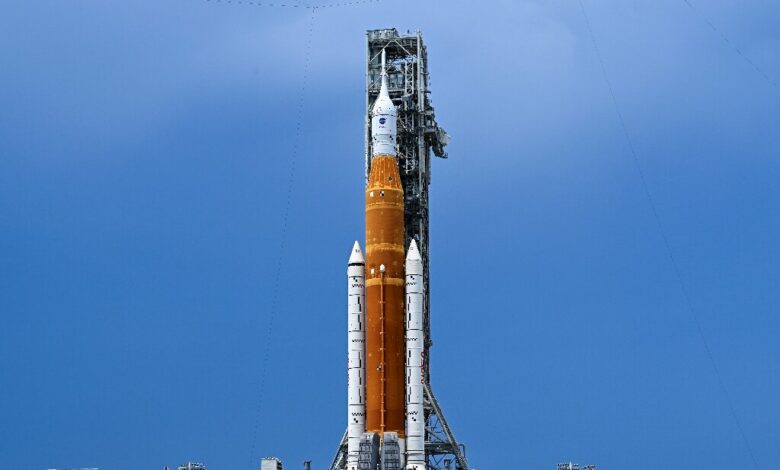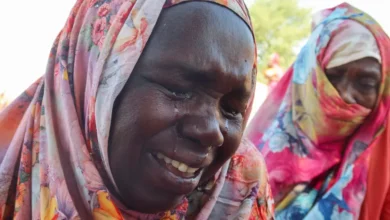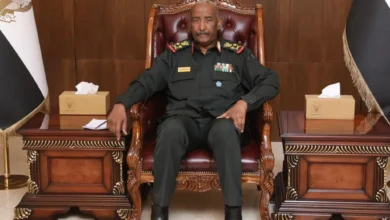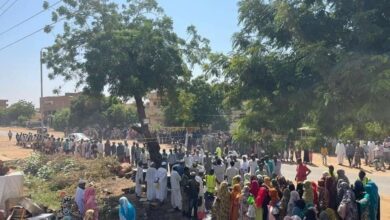NASA set most powerful rocket ever for second Moon attempt

After technical issues halted its first launch attempt, NASA will try again to get its new 30-storey rocket off the ground and send its unmanned test capsule towards the Moon.If the massive Space Launch System (SLS) lifts off successfully on Saturday, a historic for NASA, marking the first of its Artemis programme plotting a return to the Moon, 50 years after the final Apollo mission.
If the massive Space Launch System (SLS) lifts off successfully on Saturday, it will a historic for NASA, marking the first of its Artemis programme plotting a return to the Moon, 50 years after the final Apollo mission.
The launch is scheduled for 2:17pm (18:17 GMT) from Kennedy Space Center in Florida, with a possible two-hour delay if necessary.“Our team is ready,” said Jeremy Parsons, deputy manager of exploration ground systems at Kennedy.“They are getting better with every attempt and actually performed superbly during launch countdown number one
NASA’s initial launch attempt on Monday was halted after engineers detected a fuel leak and a sensor showed that one of the rocket’s four main engines was too hot.Both issues have since been resolved, and the weather appears to be cooperating.
The United States Space Force predicts a 60 percent chance of favourable weather at the scheduled lift-off time, growing to 80 percent later in the launch window.
If something requires NASA to stand down again on Saturday, there are backup opportunities on Monday or Tuesday. After that, the next launch window will not be until September 19 at the earliest because of the Moon’s position.
The purpose of the Artemis 1 mission is to verify that the Orion capsule, which sits atop the SLS rocket, is safe to carry astronauts in the future.
The crew of Artemis 3 is to land on the Moon in 2025 at the earliest, with later missions envisaging a lunar space station and a sustainable presence on the lunar surface.
According to NASA chief Bill Nelson, a crewed trip to Mars on board Orion, which would last several years, could be attempted by the end of the 2030s.





